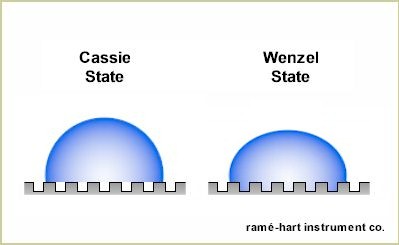|
|
|
|
September
2016 |
|
| Hydrophobic Mortar | |
|
I live in an old house. It was built in 1905 and has (54) windows - most are 6 feet high. Yes, that's a lot of windows to wash. It also leads to a lot of heat loss. It was constructed by the Gallo family for their son Michael who lived in the house from 1905 until his passing in 1963. The Gallos were Italian immigrants who specialized in stone construction. Three sides of the house are done in cut granite which is 20 inches thick at the foundation and 15 inches thick at the roof line. The rear of the house is poured concrete. The two main floors have 10 foot ceilings and the third floor has 9 foot ceilings. The saying "they don't build them like this anymore" could not be more true with this old house. According to my estimates, we have 380 tons of cut stone in the house. These stones are all held together with mortar. We have another 500 feet of stone wall along the front and one side of the house. More mortar.
Mortar has been around for a long time. The Babylonians, Egyptians, Greeks, Chinese and others have all been making mortar to hold together their stone and brick structures for millennia. Mortar is the mason's secret sauce. The most common mortar today is Ordinary Portland Cement (OPC). It was invented in 1794 and today is more common than lime mortar which was still commonly used at the time my house was built. One of the problems with mortar is that over time moisture can lead to damage. We've witnessed this mostly with our stone wall. The many freeze/thaw cycles during the cold New Jersey winters result in cracks and weakness in the structure. Researchers in Germany are working on a biofilm additive for mortar that improves water resistance by introducing bacteria.1 The researchers grew Bacillus subtillis biomass in the lab. It's harmless and grows fast. The resulting biofilm is added to OPC powder prior to mixing it with water to make mortar. Contact angle is used to determine the wetting properties of the dried mortar. Standard OPC mortar has a contact angle of about 30° when set. The experimental mortar exhibits a contact angle of nearly 100°. The high contact angle provides water repellency and helps keep the mortar from becoming wet and retaining moisture.
Researchers have discovered that the biofilm additive promotes the development of nanoscopic crystalline spikes on the surface of the set mortar which, in turn, encourages water droplets to rest on the surface in a Cassie-Baxter state. The water droplets, sitting on top of the small crystalline spikes and exhibiting a higher contact angle, are more likely to roll off and away from the structure than droplets on untreated mortar - which are in a Wenzel state, that is, sitting down into the nooks and crannies per the graphic above. The Wenzel state leads to increased absorption and promotes deterioration, especially during winter's freeze/thaw cycles. Thus, the biofilm infused mortar could potentially extend the life of mortar joints and repress degradation caused by water getting into the joints. Further research is necessary determine if the biofilm additive degrades the mechanical properties of the mortar at all. Also to be tested is the durability of the crystalline structures. If the nanoscopic topology which induces the Cassie state wears off in a relatively short time frame, the cost of the biofilm additive may not be justifiable when the benefit of making the mortar hydrophobic is short-lived. 1 S. Grumbein, D. Minev, M. Tallawi, K. Boettcher, F. Prade, F. Pfeiffer, C.U. Große and O. Lieleg, "Hydrophobic Properties of Biofilm-Enriched Hybrid Mortar", Advanced Materials (2016), DOI: 10.1002/adma.201602123 |
|
| Free Book with Parts Order | |
|
For the month of September we are giving
away free copies of our book "Contact Angle Made Easy" with parts orders of
$150 or more. Instructions:
|
|
|
|
Regards,
Carl Clegg |




